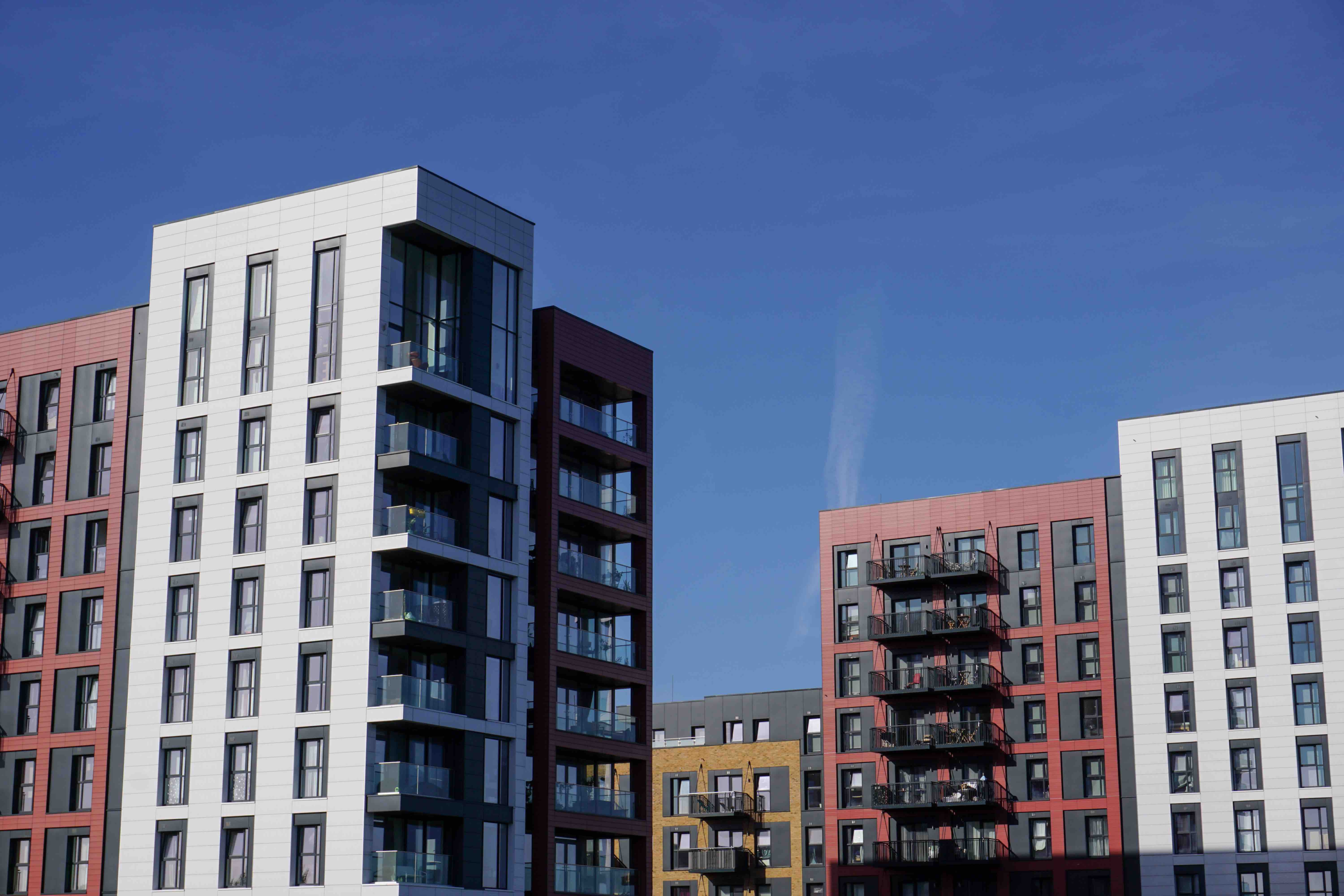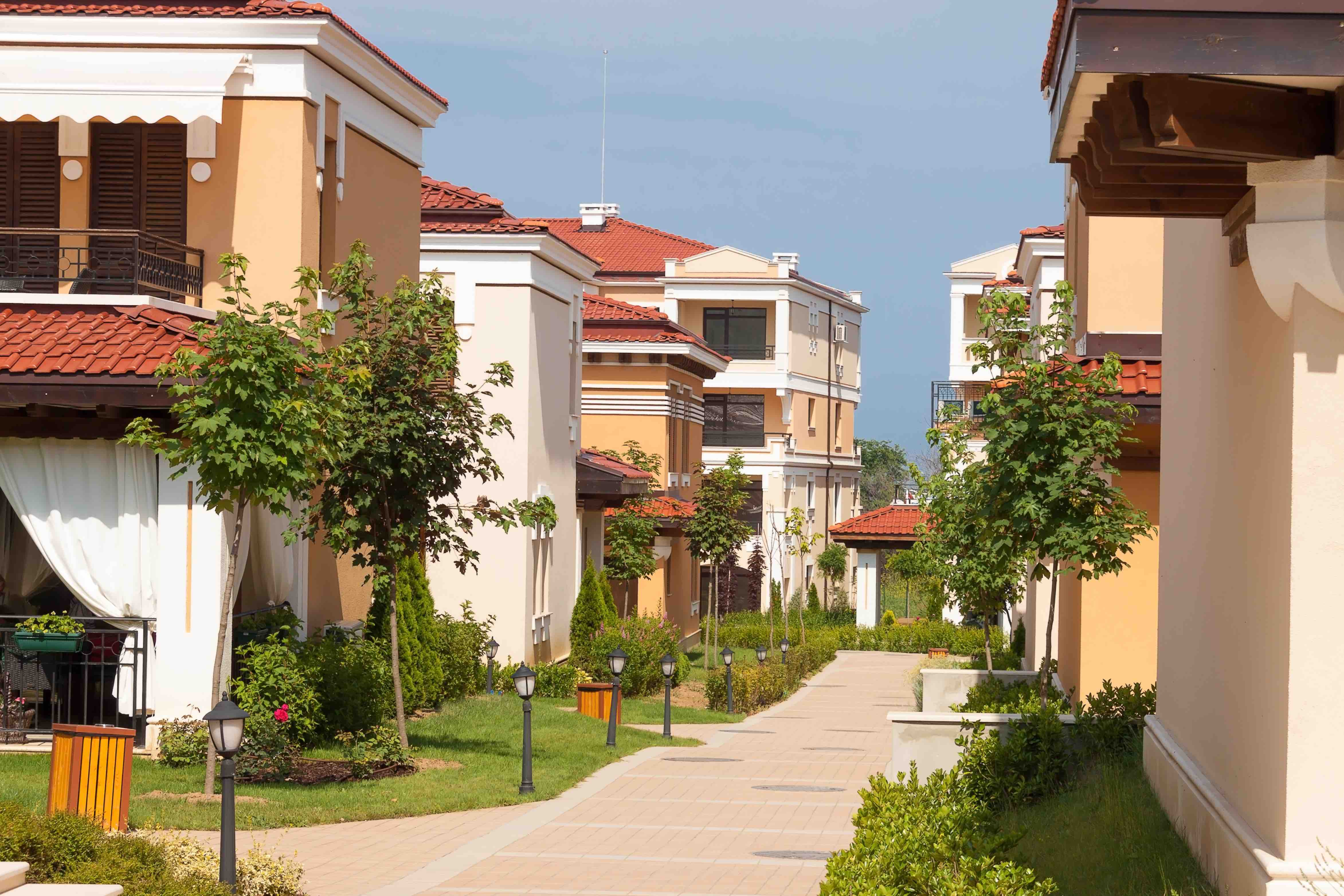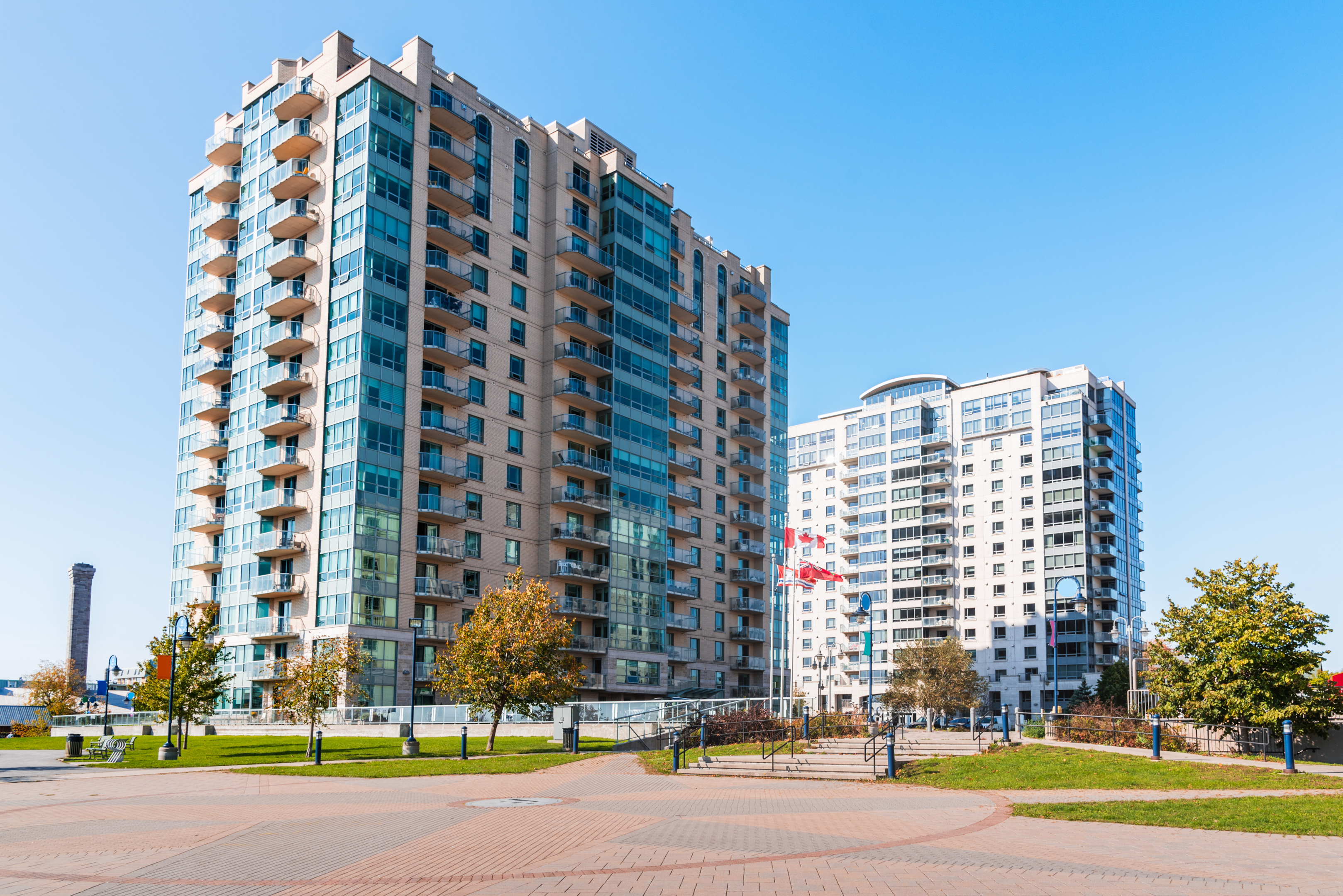
Are you considering a move and finding it challenging to decide between a low rise, mid rise, or high rise building? With each building type offering its unique set of advantages and drawbacks, it’s essential to weigh your options based on your lifestyle, priorities, and future plans. In this comprehensive guide, we’ll dive into the world of low rise mid rise high rise buildings, compare their pros and cons, and provide tips to help you make an informed decision that best suits your needs.
Key Takeaways
- Low, mid and high rise buildings offer different advantages to suit individual lifestyles.
- Assessing priorities before choosing a building is key for making an informed decision.
- Consider safety measures, structural integrity and renting vs buying when selecting a property.
Suggested Posts:
Top Luxury Apartment Amenities: What Modern Renters Look For
Smart Apartment Buildings: 10 Important Technology Changes
A Closer Look: The Future of Apartments
Understanding Low, Mid, and High Rise Buildings
When it comes to residential living, buildings are commonly classified into three categories:
- Low-rise buildings: These structures have up to four stories and are often referred to as “garden apartments”.
- Mid-rise buildings: These buildings typically range from five to ten stories.
- High-rise buildings: These structures have more than twelve floors and are considered skyscrapers when they reach 40 to 50 stories or higher.
The trend in recent years has seen a shift towards taller buildings such as mid-rise and high-rise structures, moving away from low-rise buildings. This preference is evident in the construction of 11% more high-rise buildings in recent times. With this trend in mind, let’s take a closer look at the characteristics of each building type.
Low Rise Buildings

Low-rise buildings, also known as garden-style apartments, are often found in suburban or rural areas. They provide a more intimate living experience, with easier access to green spaces and potentially lower rent. These buildings have a maximum height of 99 meters and usually do not contain elevators, making them “walk up” buildings.
The preference for low-rise buildings is evident in cities like Jacksonville, FL, and Las Vegas, where they dominate the landscape. Residents of low-rise buildings enjoy increased privacy, more manageable upkeep, and moderate climatic conditions. However, they may have fewer amenities and limited views compared to their taller counterparts.
Mid Rise Buildings

Mid-rise buildings, generally consisting of five to twelve floors, can be found in both urban and suburban areas. They provide a balance between low and high-rise living, offering a mix of privacy and amenities. Most mid-rise buildings come equipped with elevators and typically have retail stores on the ground floor, adding convenience for their occupants.
The height range of medium rise buildings, also known as mid-rise buildings, allows for moderate views and a sense of community while still providing access to amenities such as swimming pools and community rooms. These buildings may have slightly higher rent compared to low-rise buildings, but offer more features to cater to a diverse range of lifestyles. In contrast, normal rise buildings strike a balance between the two, offering a middle ground in terms of height and features.
High Rise Buildings

High-rise buildings, with a minimum of twelve floors, are usually located in densely populated urban areas. They boast stunning views, numerous amenities, and prime city locations. High-rise apartments often feature luxury interiors, tranquil settings, and spectacular vistas of the city skyline. Just like high rise jeans and high rise pants, these buildings provide both style and comfort to their residents.
The median quantity of units in a high-rise apartment building is 274, offering various options for potential residents. However, these buildings may have higher rent and less privacy compared to low and mid-rise buildings. Despite the drawbacks, high-rise living provides a unique experience that combines convenience, luxury, and impressive views.
Pros and Cons of Each Building Type
Now that we have a clear understanding of low, mid, and high-rise buildings, let’s examine the pros and cons of each type.
This comparison will help you make an informed decision based on your lifestyle, priorities, and future plans.
Low Rise Buildings
Low-rise buildings offer several advantages, such as greater privacy, easier access to green spaces, and potentially lower rent. They are often situated in suburban or rural areas, providing residents with a more intimate living experience and a closer connection to nature. The abundance of green spaces in garden-style communities encourages physical activity and offers recreational areas for children.
However, low-rise buildings may have fewer amenities and limited views compared to mid and high-rise buildings. While they provide a more tranquil and private living environment, they may not be the best choice for those who value city views and easy access to various amenities.
Mid Rise Buildings
Mid-rise buildings provide a balance between privacy and amenities, with moderate views and a mix of urban and suburban locations. They are typically more economical than high-rise buildings, offering residents access to amenities such as swimming pools and community rooms without the hefty price tag of high-rise living.
On the downside, mid-rise buildings may be less secure than high-rise buildings, as they often have fewer security systems in place. However, they still provide a comfortable living environment with a blend of privacy and community, making them an attractive option for many urban dwellers.
High Rise Buildings
High-rise buildings boast numerous advantages, including:
- Stunning views
- Various amenities
- Prime city locations
- Luxury interiors
- Tranquil settings
- Spectacular vistas of the city skyline
- Advanced security systems, such as doormen, surveillance cameras, and access control
These features provide a safer and more enjoyable living environment. However, high-rise living comes with some disadvantages, such as:
- Higher rent
- Less privacy compared to low and mid-rise buildings
- Challenges regarding pet policies and maintenance, making them less suitable for pet owners or those who value simplicity in their living arrangements.
Choosing the Right Building for Your Lifestyle

Now that we’ve compared the pros and cons of each building type, it’s time to delve into some tips for choosing the right building based on your lifestyle, priorities, and future plans. By assessing your needs and considering various factors, you can make an informed decision that best suits your preferences.
When selecting a building, consider the size and layout of the space, the location, and the amenities.
Assessing Your Priorities
When choosing the right building type, it’s crucial to assess your priorities and determine which factors are most important to you. Factors such as:
- Privacy
- Views
- Amenities
- Location
Should be taken into consideration. Reflect on which factors are most critical to you and which building type offers the most advantageous combination of those factors.
After evaluating the advantages and disadvantages of each building type in relation to your particular requirements, you can make an informed decision on the building type that is most suitable for you. By carefully considering your priorities and needs, you can find the perfect balance between privacy, amenities, and location that best aligns with your lifestyle.
Considering Future Plans
Your future plans should also play a significant role in your choice of building type. Consider whether you intend to remain in the building for an extended period, if you anticipate having children, or if you are likely to relocate in the near future. By taking these factors into account, you can ensure the building type you choose will accommodate any potential changes in your lifestyle.
In addition to your current priorities, it’s essential to think about the long-term implications of your decision. Selecting a building type that can adapt to your future needs will provide you with a living environment that remains suitable for your lifestyle, even as it evolves over time.
Touring Properties
Finally, touring various properties is an essential step in making an informed decision. By visiting low, mid, and high-rise buildings, you can get a feel for each building type and determine which one best suits your needs and preferences. Be sure to take note of the layout, design, and condition of the building, as well as the surrounding area and access to amenities.
When inspecting the amenities provided, consider the following:
- The level of quality and the number of amenities
- Any additional fees related to the amenities
- Any indications of wear and tear or potential safety hazards when touring
- Any visible damage or malfunctions
By thoroughly exploring various properties, you can make a well-informed choice that aligns with your priorities and lifestyle.
Building Safety and Security
In addition to the factors discussed above, building safety and security should also be a top priority when selecting a property. Examining features such as fire safety, security systems, and structural integrity is crucial to ensuring a safe living environment.
Let’s explore these aspects in more detail.
Fire Safety
Fire safety measures are crucial in all building types, but especially in high-rise buildings, where occupants are often located far above ground level. All buildings should have smoke detectors, fire extinguishers, and fire escapes, while high-rise buildings must be equipped with sprinklers, a first aid firefighting system, a PA system, an adequate water supply, and escape routes.
Ensuring proper fire safety measures are in place is not only essential for the well-being of residents, but also for the building’s long-term viability. When selecting a property, make sure to inquire about fire safety features and confirm that they meet the necessary requirements and standards.
Security Systems
Security systems can vary greatly between building types and should be considered when choosing a property. Low-rise buildings may have fewer security systems in place, while mid and high-rise buildings often have more sophisticated systems, such as doormen, surveillance cameras, and access control.
When selecting a building, it’s important to evaluate the type of security system in place and how it will meet the needs of the building. Factors such as the location, the population of the building, and the desired level of security should be taken into consideration when assessing the adequacy of a building’s security systems.
Structural Integrity
Structural integrity is important in all buildings, but especially so in high-rise structures, which must withstand greater forces and stresses. A building’s structural integrity is determined by factors such as:
- The magnitude of applied stress
- Crack size
- Geometry
- Fracture toughness
- Strength
Proper planning and design of a structure, as well as the use of high-quality materials and proper construction methods, are essential for guaranteeing its structural soundness. When selecting a building, ensure that it meets the necessary standards for structural integrity, taking into account factors such as the surrounding climate, the materials utilized, and the anticipated lifespan of the materials.
Renting vs Buying in Low, Mid, and High Rise Buildings
Another factor to consider when choosing between low, mid, and high-rise buildings is whether to rent or buy. Both options have their advantages and disadvantages, depending on factors such as affordability, flexibility, and investment potential. Renting offers greater mobility and a shorter-term commitment, while buying provides increased security and potential for capital appreciation.
In the short-term, renting is typically more economical, whereas in the long-term, purchasing may be more cost-effective. Ultimately, the decision to rent or buy depends on your personal preferences, financial situation, and future plans.
Summary
In conclusion, choosing between low, mid, and high-rise buildings involves carefully considering your lifestyle, priorities, and future plans. By assessing the pros and cons of each building type, evaluating your priorities, touring properties, and examining safety and security features, you can make an informed decision that best suits your needs. Whether you decide to rent or buy, selecting the right building type will ensure a comfortable and enjoyable living experience that aligns with your unique preferences and requirements.
Frequently Asked Questions
What is low-rise mid-rise vs high-rise?
Low-rise jeans are those that rest at or just below the navel, mid-rise jeans cover more of the lower stomach than low-rise jeans but not as much as high-waisted jeans and high-rise jeans reach up to the belly button.
Is mid-rise or high-rise more flattering?
Mid-rise jeans are often more flattering than high-rise jeans, as they tend to work well for many body types, especially slender or petite figures.
They are also compatible with a variety of top lengths.
What factors should I consider when choosing between renting and buying in different building types?
When choosing between renting and buying in different building types, it is important to factor in affordability, flexibility, and investment potential to ensure a wise decision.
Affordability should be the primary consideration when making a decision. Renting can be more affordable in the short-term, but buying can be more cost-effective in the long-term.
Flexibility is also important.
How do security systems vary between low, mid, and high-rise buildings?
Low-rise buildings typically have basic security measures, while mid and high-rise buildings often employ more sophisticated systems like doormen, surveillance cameras, and access control.
These systems are designed to protect the building’s occupants and property from potential threats. They can also provide a sense of comfort and security to those living in the building.
In addition to physical security measures, many buildings also have policies in place.
Upgrade Your Building Security
Get in touch with a Swiftlane specialist for more information on the best access control and video intercom solution for your building.





